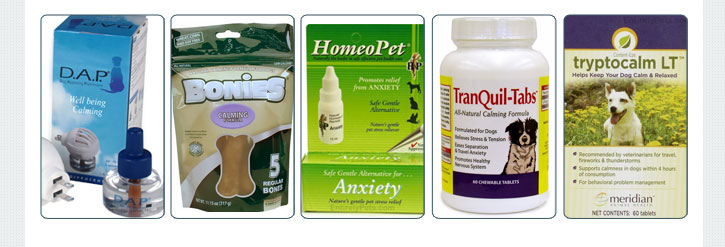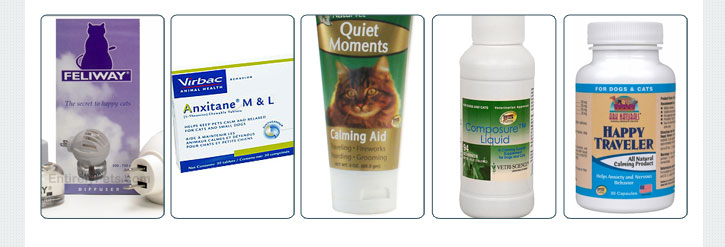How To Help Your Pet Deal With Separation Anxiety
| Have you ever wondered why your pet gets agitated or even destructive when you leave the house to run some errands or go to work? Your dog may have separation anxiety, which is the #1 cause of behavior problems. In the wild, dogs are social animals that roam, hunt, and sleep as a pack. In your household, they see you as the pack leader and feel lonely when you are not there. |
 |
- Follow you everywhere around the house and get upset if they are not in the same room.
- Whine and pace endlessly when you start preparing to leave the house
- Bark, whimper, and scratch at the door once you are outside
- Urinate and defecate excessively in inappropriate places
- Destroy furniture, plants, carpeting, and property to demonstrate their frustration
- Show high levels of excitability or stress upon your return, especially if it include trembling
and crying | |
 |
Exercise:
Taking them on a run or exercise before you leave burns off nervous energy and tires them out so are less likely to get in trouble |  | Feeding Time:
Feed your pets before you leave to make them sleepy and relaxed |  | Chew Toys:
Rotate different toys, bones, and ropes to them entertained. |  | Something To Do:
One tip is to stuff a hollow rubber chew toy with food, plug it with cream cheese, and then freeze it. They will be occupied for awhile and be distracted while you’re gone. | |
 |
If your pet continues to be stressed out and do major manage to your home, then they might be highly sensitive and experience strong separation anxiety. In that case, these highly recommended products from pet owners might provide some relief.
| |
 |
 |
| Cats are social creatures and can form strong bonds with their owners. However, most don’t exhibit separation anxiety as openly as dogs, and their behaviors are usually misinterpreted as something else. |
 |
- Rub against your leg more frequently than usually and some even claw to get your attention
- Follow you from room to room and might try to get in between you and the front door
- Excessive grooming to the point they create a bald spot
- Urinate or defecate near a door or on your personal belongings
- Chew, bite, or scratch furniture and property
- Become too anxious to eat or vomit their food.
| |
 |
Be Aloof:
When you are about to leave, donít make a big fuss about it and try to be as casual as possible |  | Toys:
Take out their favorite toy just before you leave and put it away once you return |  | Feeding:
Hide their food where it is hard for them to reach or in an object that encourages interaction |  | Entertainment:
Set up a perch or allow easy access to a window or perch so they can see outside | |
 |
In some cases, these tips might not be enough for cats with extreme anxiety separation. Here are some products that veterinarians recommend:
| |
 |
 |
| |
| |






